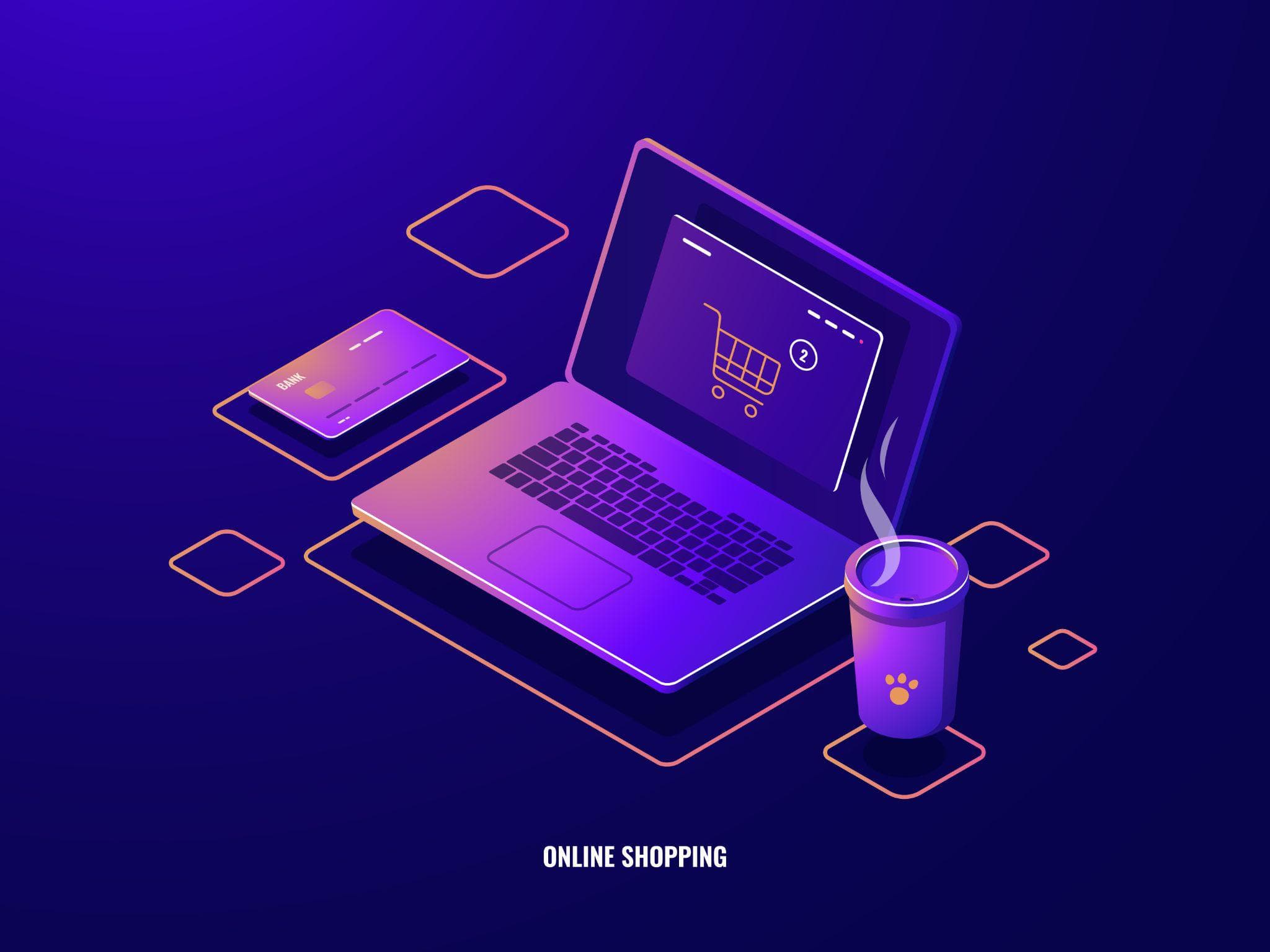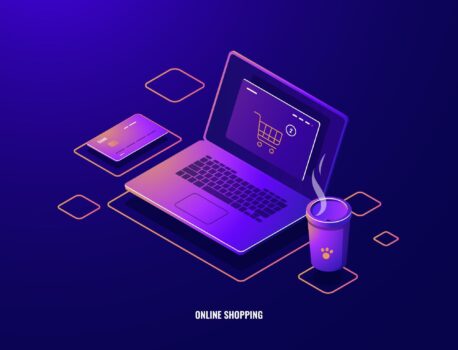Every few years, the e-commerce landscape reshapes itself. What was once a simple digital storefront has evolved into an immersive, data-driven ecosystem where every click, scroll, and voice command matters. As someone who’s been following e-commerce marketing trends for over a decade, I can tell you – 2026 isn’t just bringing upgrades. It’s rewriting the playbook entirely.
We’re entering an era where AI in e-commerce marketing predicts not only what you’ll buy next but why. Where social commerce growth is turning followers into customers overnight, and sustainable e-commerce practices are no longer a nice-to-have but a necessity. The brands that understand these shifts – and move with them – will define the future of online shopping.
Let’s unpack what’s coming and how you can turn these changes into your next competitive advantage.
The Smart Storefront: AI, Data, and Personalization
The rise of AI-powered selling
Artificial Intelligence has already infiltrated the digital marketing space, but in 2026, it’s taking center stage. AI in e-commerce marketing isn’t just about chatbots or simple recommendation engines anymore. It’s about understanding intent – analyzing behavior patterns, emotional triggers, and even micro-gestures that signal what a shopper truly wants.
Imagine logging into a store and finding a homepage built entirely around your mood, location, and purchasing history. That’s the power of personalization in e-commerce – every interaction feels tailor-made.
But personalization isn’t just about selling more; it’s about making the user feel seen. AI tools now integrate sentiment analysis with data-driven marketing trends, allowing brands to anticipate what customers need before they say it out loud.
Behavioral targeting and smarter analytics
In 2026, data isn’t the new oil – it’s the engine. Behavioral targeting for e-commerce uses deep learning algorithms to create micro-segments: groups of customers who behave similarly but respond differently to offers. This level of granularity means you’re not just reaching “millennials” or “parents.” You’re speaking to Lisa, who shops on her lunch break, loves eco-brands, and only buys after reading three reviews.
Here’s where smart retailers are focusing their resources in 2026:
- Investing in real-time marketing automation for e-commerce tools that adapt to live user behavior.
- Using advanced e-commerce advertising strategies to test dozens of creative variations simultaneously.
- Integrating privacy-first analytics that respect user consent without sacrificing personalization.
The takeaway? The smartest brands will act less like advertisers and more like digital hosts, making every visitor feel uniquely understood.
The Social Marketplace: Human, Mobile, and Immersive
Social commerce takes over
If the last few years were about content, the next few are about conversion through content. Platforms like TikTok, Instagram, and emerging AR-based networks are driving massive social commerce growth – where videos, lives, and stories become instant buying experiences.
In 2026, brands that treat social media as a shopping environment rather than a marketing channel will dominate. The best examples already blur the line between entertainment and e-commerce – you can watch, engage, and purchase without ever leaving the app.
This is where influencer marketing in e-commerce evolves, too. The traditional influencer model is giving way to micro-creators who build communities of trust. The key isn’t reach — it’s relevance. A niche creator with 5,000 followers can outsell a celebrity if the audience feels a personal bond.
Mobile shopping and voice innovation
The mobile revolution is far from over – it’s just getting smarter. With 5G and ultra-responsive design, mobile shopping trends are making the checkout process frictionless. Biometrics, one-click payments, and contextual AI assistants are turning phones into personal concierges.
And then there’s voice commerce innovations – the next frontier. By 2026, over half of online transactions may involve voice in some way, whether through smart speakers or phone assistants. Voice search is becoming conversational, meaning SEO itself must adapt from keywords to human speech.
Now imagine combining that with gamification and immersive storytelling. That’s what’s next: buying experiences that feel like interactive entertainment.
It’s a concept not limited to retail. Even the online entertainment industry, such as casino review platforms, is following similar models – blending storytelling, personalization, and instant access. A great example is https://casinosdeargentina.com/casinos/sin-deposito-inicial/, a portal that redefines how users explore no-deposit gaming offers, blending smart UX design with real-time engagement. The same logic applies to e-commerce advertising strategies – make it immersive, make it responsive, make it rewarding.
Omnichannel becomes seamless
2026 is the year omnichannel marketing strategies finally deliver what they’ve always promised – a unified shopping experience. Whether your customer starts on Instagram, switches to your website, chats via WhatsApp, and finishes the purchase in-store, every step feels connected.
To achieve this, businesses are investing heavily in cross-platform AI and cloud-based CRMs that merge data from all touchpoints. The goal? Consistency without repetition.
Technology Meets Sustainability: The New Consumer Standard

The green wave in e-commerce
Consumers are done with brands that preach sustainability but don’t live it. In 2026, sustainable e-commerce practices aren’t optional – they’re the new expectation. From biodegradable packaging to carbon-neutral logistics, customers demand proof of responsibility.
Brands that adopt transparent reporting and circular production models gain loyalty faster. It’s a value shift where sustainability directly ties to customer trust and retention.
Beyond environmental awareness, ethical sourcing and inclusivity will become core differentiators. AI tools now help identify waste in supply chains, allowing for smarter, cleaner business operations.
Subscription models and new payment systems
Subscription shopping is no longer limited to Netflix and Spotify. The subscription commerce trends of 2026 stretch across nearly every industry – from coffee beans to couture fashion. The model’s success lies in convenience and predictability, but the future adds personalization: flexible plans, AI-based product swaps, and real-time adjustments.
Parallel to that, new payment technologies online are changing how transactions feel. Cryptocurrencies, digital wallets, and biometric verifications make buying safer and more global. Combined with global e-commerce expansion, even small businesses can now sell to anyone, anywhere, instantly.
The simplicity of these transactions also enhances the customer experience in e-commerce, giving users more confidence to shop internationally.
Here’s what future-ready brands will prioritize:
- Transparent pricing and green logistics tracking.
- Frictionless global checkout processes.
- Payment integrations that adapt to regional preferences.
All of this builds the next layer of digital trust – a vital factor in an increasingly borderless marketplace.
AR, VR, and Next-Gen Retail Technology
The line between physical and digital is fading fast. AR and VR shopping trends are turning product pages into virtual showrooms. Customers can now “try on” clothes or visualize furniture in their homes through their phones.
By 2026, this isn’t a gimmick – it’s the standard. Next-gen retail technology integrates sensory feedback, spatial mapping, and even AI-powered styling advice. The result? Higher satisfaction rates and fewer returns.
For retailers, AR also doubles as a storytelling tool. Imagine explaining your brand’s origin or sustainability process through a mixed-reality experience. The storytelling becomes tangible — something users can explore, not just read about.
Preparing for 2026: Building the Future-Ready Brand
If there’s one truth about e-commerce, it’s that evolution never stops. Success in 2026 will depend less on trends and more on adaptability.
The future belongs to brands that:
- Master personalization without crossing privacy lines.
- Build authentic communities instead of chasing algorithms.
- Blend sustainability, technology, and emotion seamlessly.
The good news? Every new wave in digital marketing opens opportunities to reconnect with people more meaningfully. Whether it’s through AI in e-commerce marketing, immersive AR experiences, or human-first design, the coming years will reward creativity grounded in purpose.
Because at the end of the day, the technology might change – but the goal remains timeless: make people feel something worth buying into.

